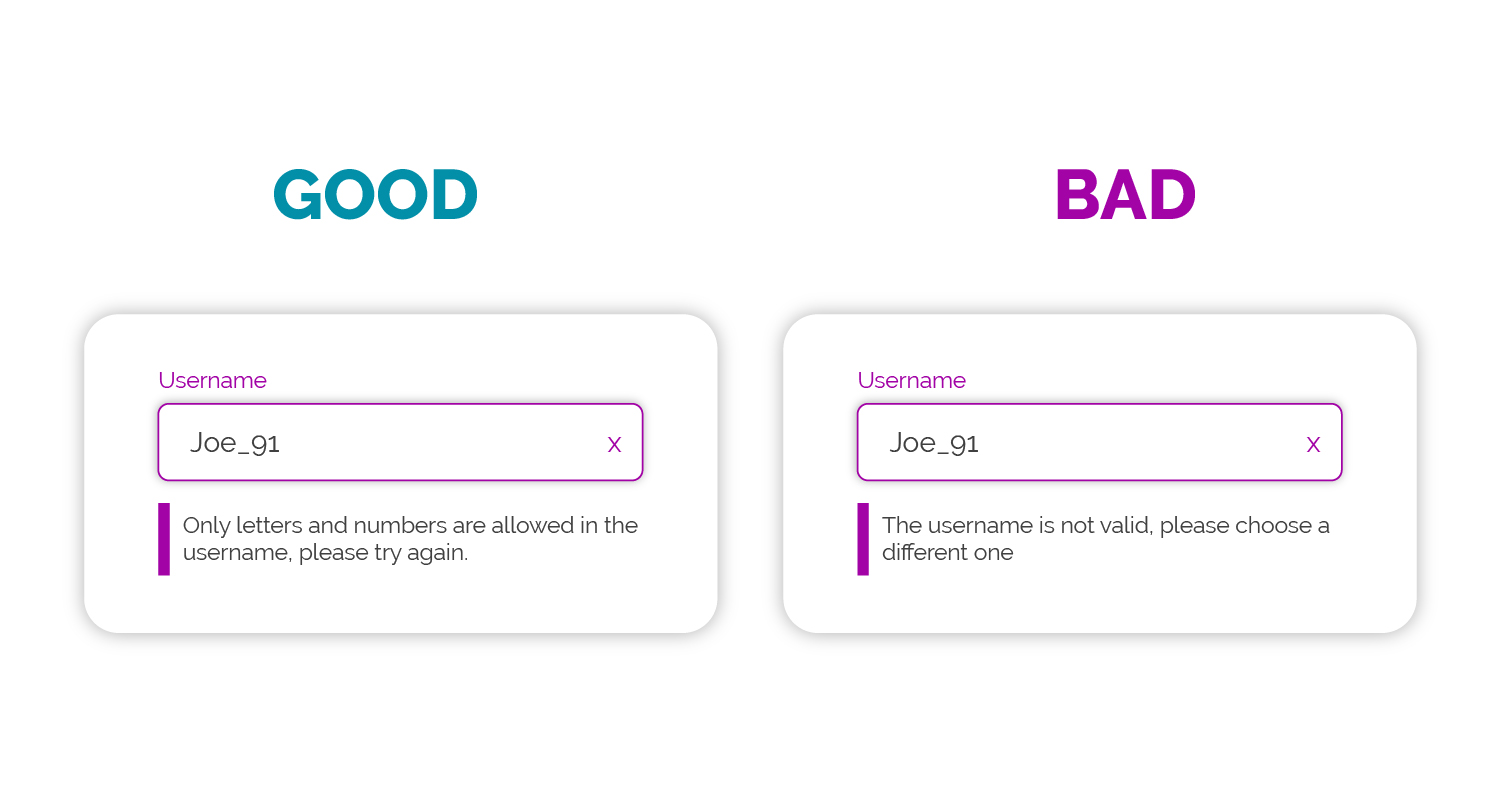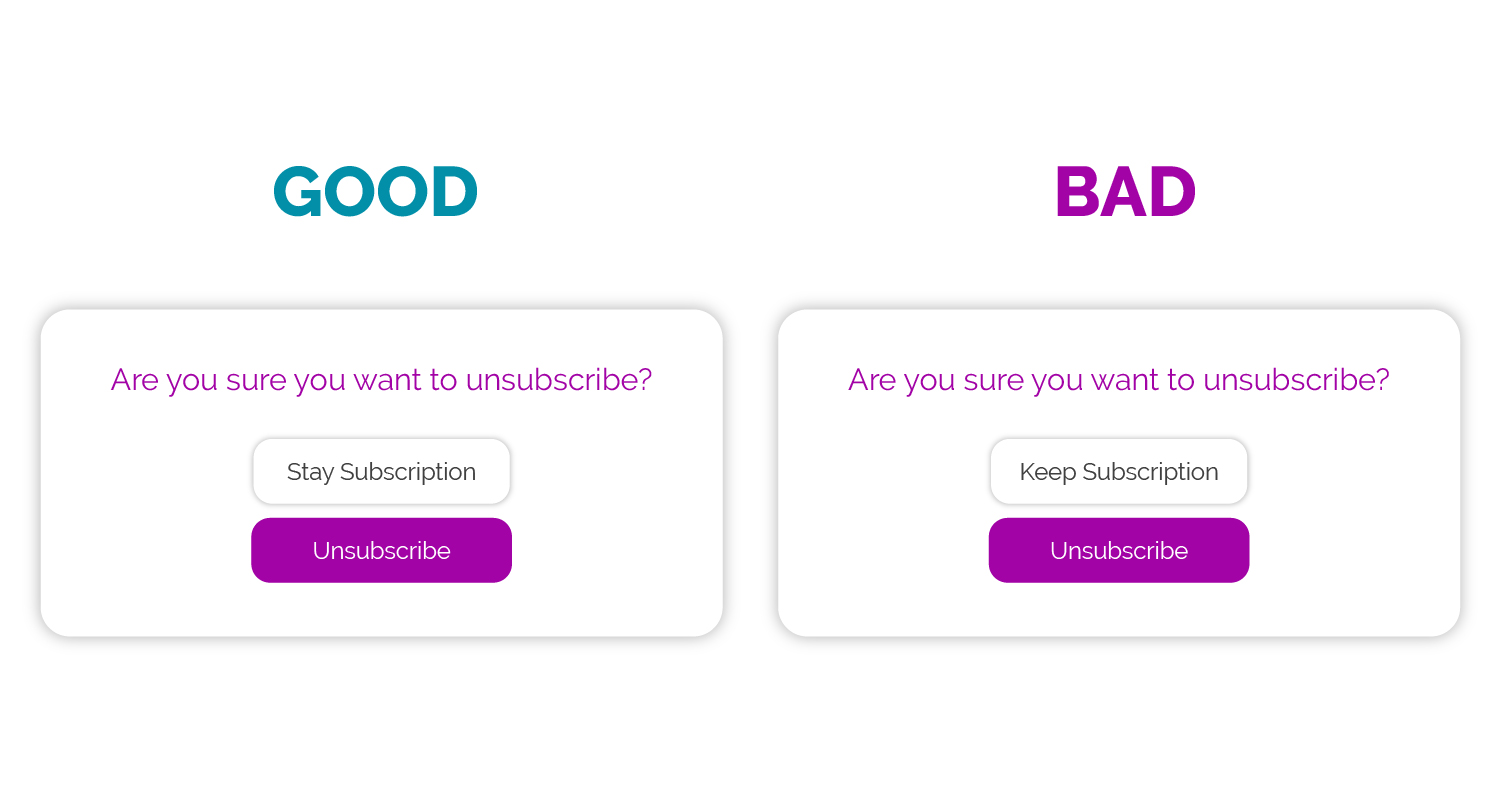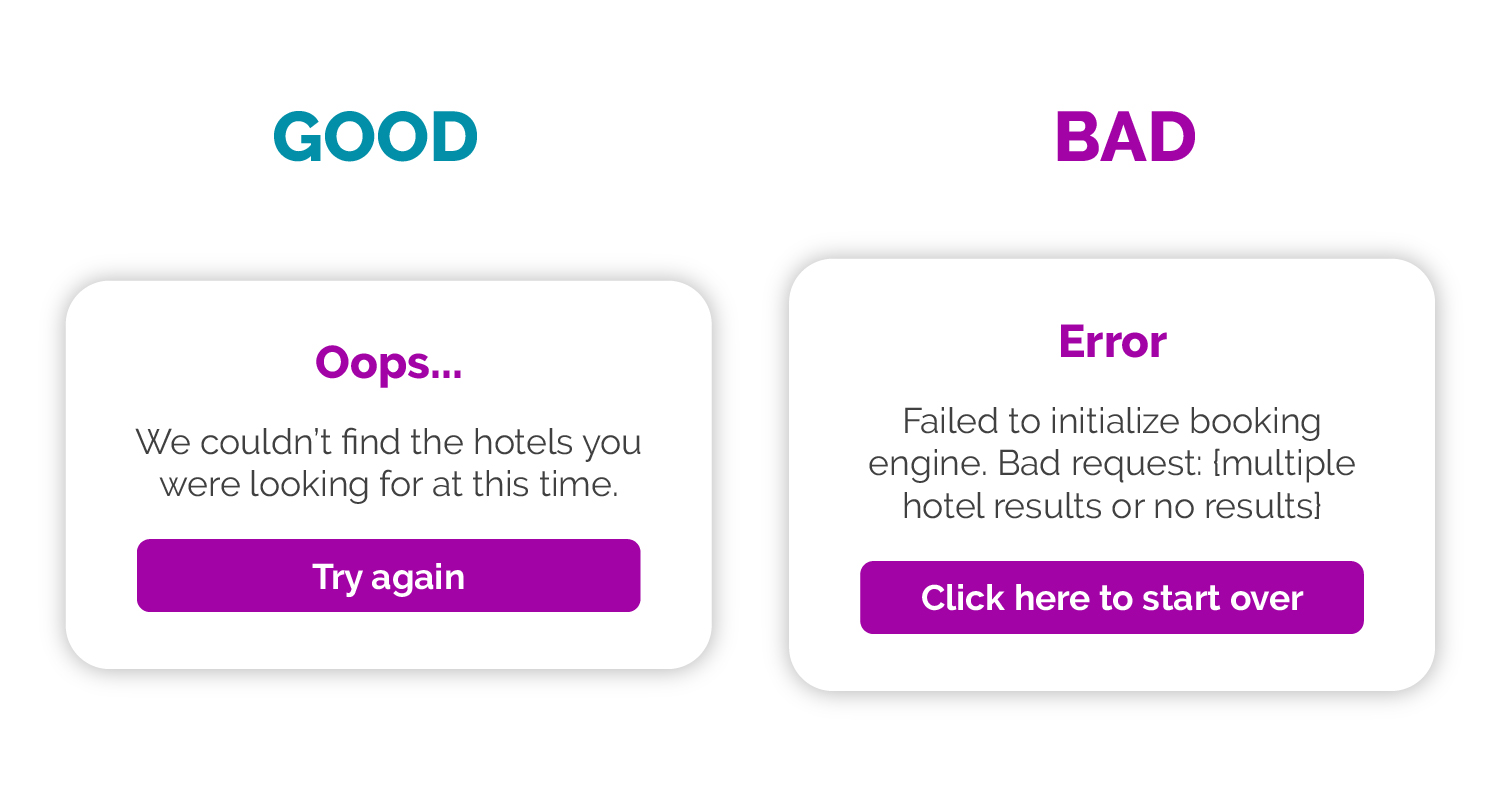-
 ISOURCE BLOG
ISOURCE BLOG
Complete Guide to a Customer Experience-Based GTM Strategy
Share
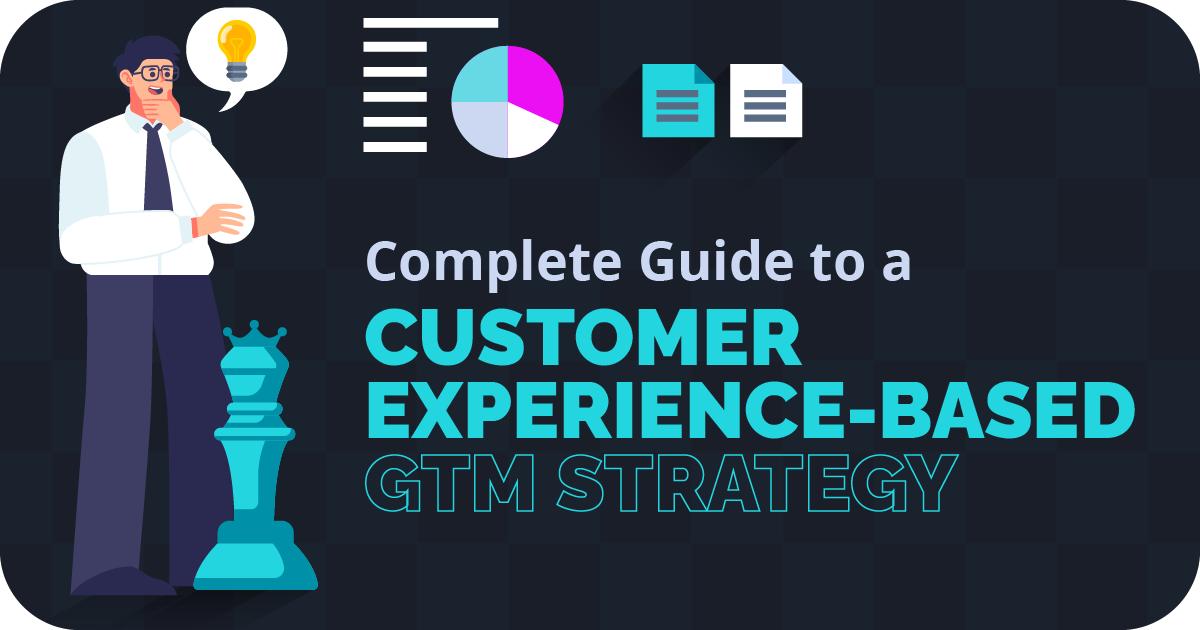
In the competitive world of marketing, an effective go-to-market (GTM) strategy can be the difference between a product’s success and failure. However, in a saturated industry, only those companies that truly understand and prioritize customer experience (CX) can stand out. Here’s how to design a GTM strategy focused on customer experience, transforming the way they interact with your brand.
The GTM Strategy
A go-to-market (GTM) strategy is a comprehensive plan that guides a company on how to successfully bring a product or service to market. To implement it effectively, several key points must be considered:
- Defining the target audience
- Positioning
- Product value proposition
- Distribution channels
- Launch activities
- Promotion
- Marketing strategies

The primary goal of a GTM strategy is to ensure that the product or service reaches the right customers, at the ideal time, and through the most effective channels. Therefore, a deep study of the market, competition, and, most importantly, customer needs and behaviors is essential.
Prioritizing Customer Experience in Your GTM Strategy
When we talk about customer experience (CX), we refer to how a person perceives all their interactions with a company at every stage of the purchase journey, from the first contact with the product to post-purchase support.
Today, customers are demanding, knowledgeable, and have more choices than ever. To stand out in this environment, companies must offer an exceptional customer experience. This is where a customer-centric GTM strategy comes into play, prioritizing customers’ needs and desires to design experiences that truly resonate with the audience.
When a GTM strategy is designed with CX in mind, it achieves:

- Attracting and converting the most valuable customers: By understanding their priorities, you can offer solutions that genuinely solve their problems and align with their expectations.
- Creating an emotional connection and brand loyalty: A positive experience not only satisfies customers but also fosters long-term relationships.
- Significantly differentiating from the competition: CX can be a decisive factor that makes customers choose your product over others, even if the competition has similar offerings.
Clearly, a GTM strategy encompasses key aspects of a winning CX, and at the same time, customer experience can enhance GTM to increase the chances of product success. So, how do you implement it? It’s time to learn the essential steps to build your GTM strategy from the perspective of customer experience.

7 Steps to a Customer-Centric GTM Strategy

Step 1: Customer Research and Understanding
Create detailed buyer personas to segment the market and personalize your messaging and offerings. Build these profiles through interviews and surveys, ensuring you gather key information about their demographics, motivations, and pain points.
This is where AI can be very useful. Tools like Delve AI and Crystal Knows are excellent for analyzing customers, their personalities, and behaviors, helping you develop AI-optimized strategies.

Step 2: Designing the Value Proposition
An effective value proposition clearly communicates how your product solves specific problems or improves your customers’ lives. Define what makes your product unique and valuable to them, and what sets you apart from the competition.
One way to evaluate this is by launching a beta version of your product to a group of users and collecting their feedback. Platforms like SurveyMonkey and Typeform are recommended for efficiently gathering and organizing this information.

Step 3: Product Development
Customer-centric design focuses on understanding and addressing the needs and limitations of customers at every stage of the design process. Create product prototypes and conduct usability tests with customers to observe their interactions and identify issues or areas for improvement.
Platforms like UserTesting and Lookback are useful for optimizing moderated tests, A/B testing, behavior analysis, and providing immediate feedback.

Step 4: Marketing and Communication Strategies
Plan how you will communicate and sell your product. Start by training your sales team on the importance of CX and how they can enhance it in every interaction. With your team’s support, design campaigns that highlight the customer experience.
Identify the preferred communication channels of your customers and focus your efforts on those channels. Use platforms like Hootsuite or Buffer to automate metrics and analyze digital media performance.

Step 5: Purchase Experience and Customer Service
A simple and frictionless purchase process is crucial for a good customer experience. Effective and proactive customer support can make a significant difference.
Implementing live chat on your website to answer questions in real-time is a great idea, and you can optimize it with customer support tools like Zendesk and Intercom.

Step 6: Customer Loyalty
Implementing strategies to keep your customers satisfied and loyal is a top priority. At launch, offer events or special promotions to generate excitement and attention.
During the consolidation phase of your product, offer incentives and loyalty programs to motivate your customers. Our team can help you execute this as we specialize in creating and developing customized loyalty programs. These programs are designed to enhance rewards and discounts, specifically tailored to your brand’s needs.

Step 7: Continuous Measurement and Optimization
Use metrics such as Net Promoter Score (NPS), Customer Satisfaction (CSAT), and Customer Effort Score (CES) to evaluate customer satisfaction. This allows you to make continuous adjustments and optimizations based on data and customer feedback.
To improve your data analysis, Google Analytics and Mixpanel are suitable programs for identifying behavior patterns and areas for improvement in the customer experience.
Key Takeaways
A customer-centric GTM strategy not only enhances customer satisfaction but also drives business growth and sustainability. By placing the customer at the heart of your strategy, you can build deeper connections, foster loyalty, and stand out in a crowded market.
Remember to stay in touch with your customers; the industry evolves, and it is crucial to continually listen to your customers and adapt your GTM strategy to meet their ever-changing needs. Follow these steps, and you’ll ensure your products resonate with your customers.



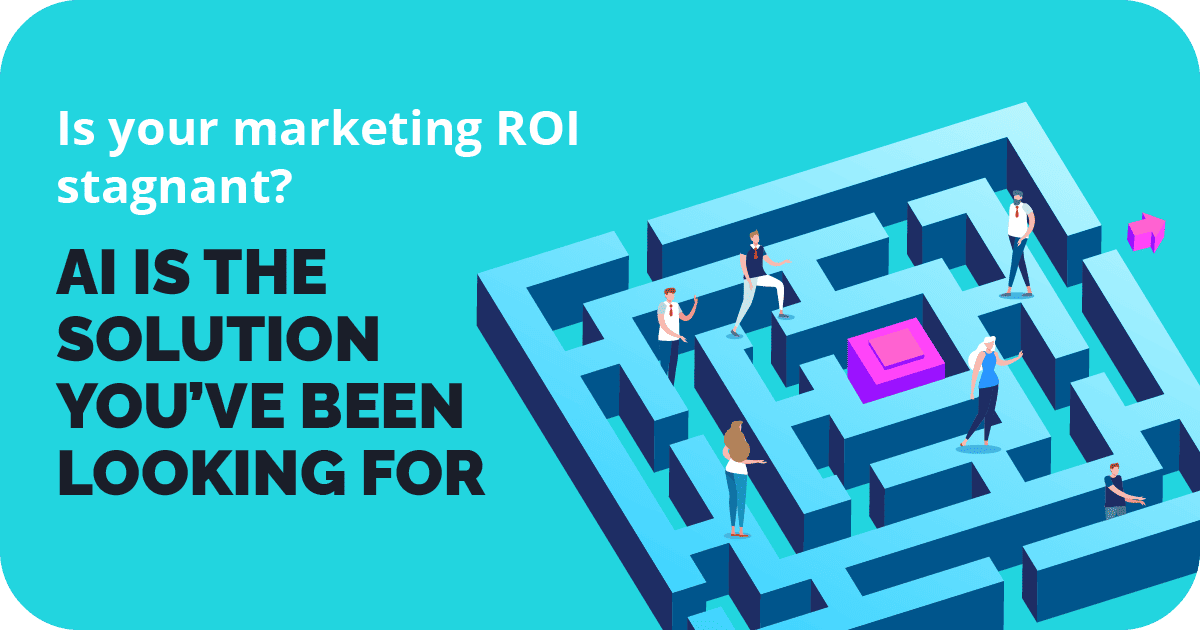
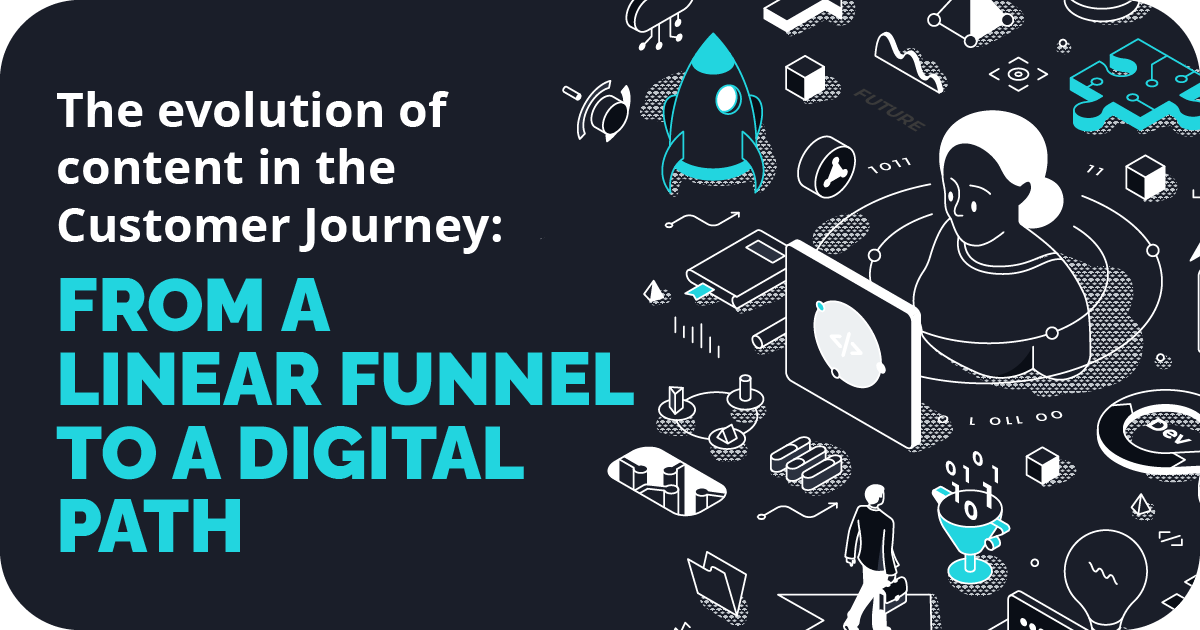
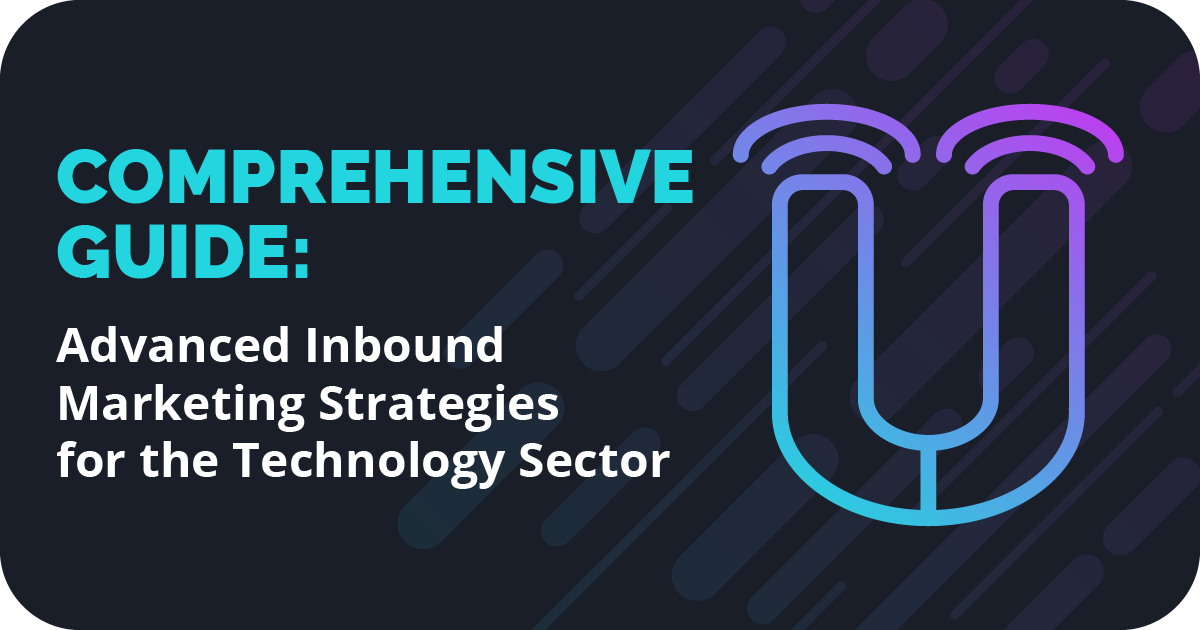



 One of the biggest challenges when writing on digital platforms is making the texts clear, concise, and useful. There is a powerful tool for this known as UX Writing (User Experience Writing), which is nothing more than writing based on the user’s experience, interaction, and emotions during the process.
One of the biggest challenges when writing on digital platforms is making the texts clear, concise, and useful. There is a powerful tool for this known as UX Writing (User Experience Writing), which is nothing more than writing based on the user’s experience, interaction, and emotions during the process. 